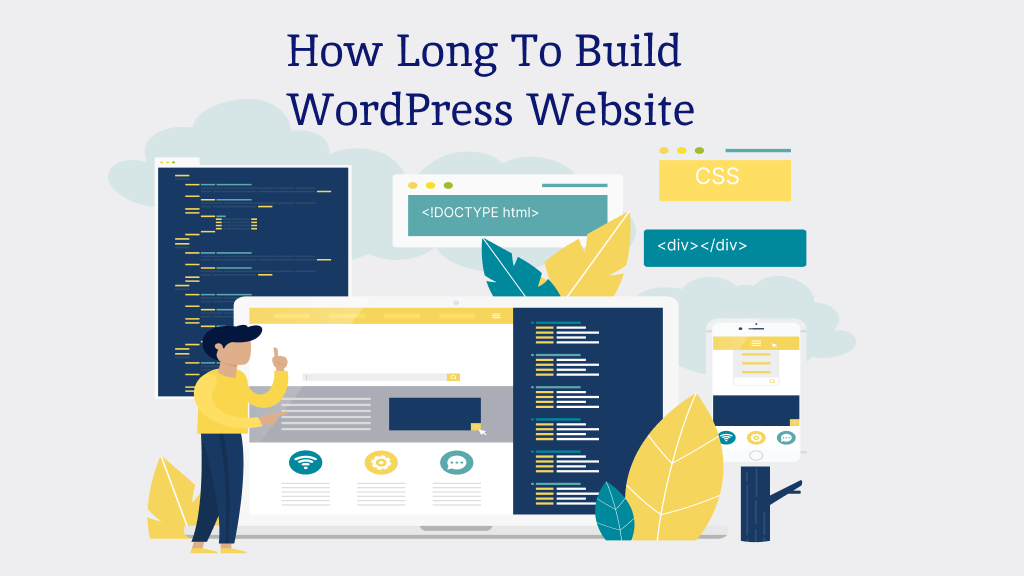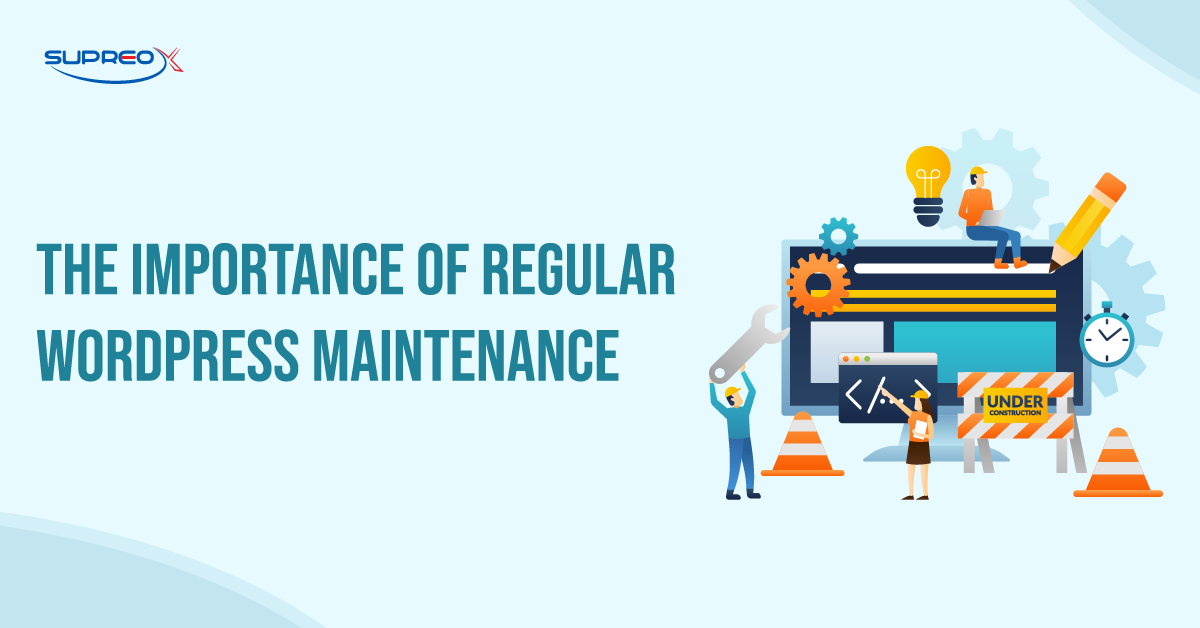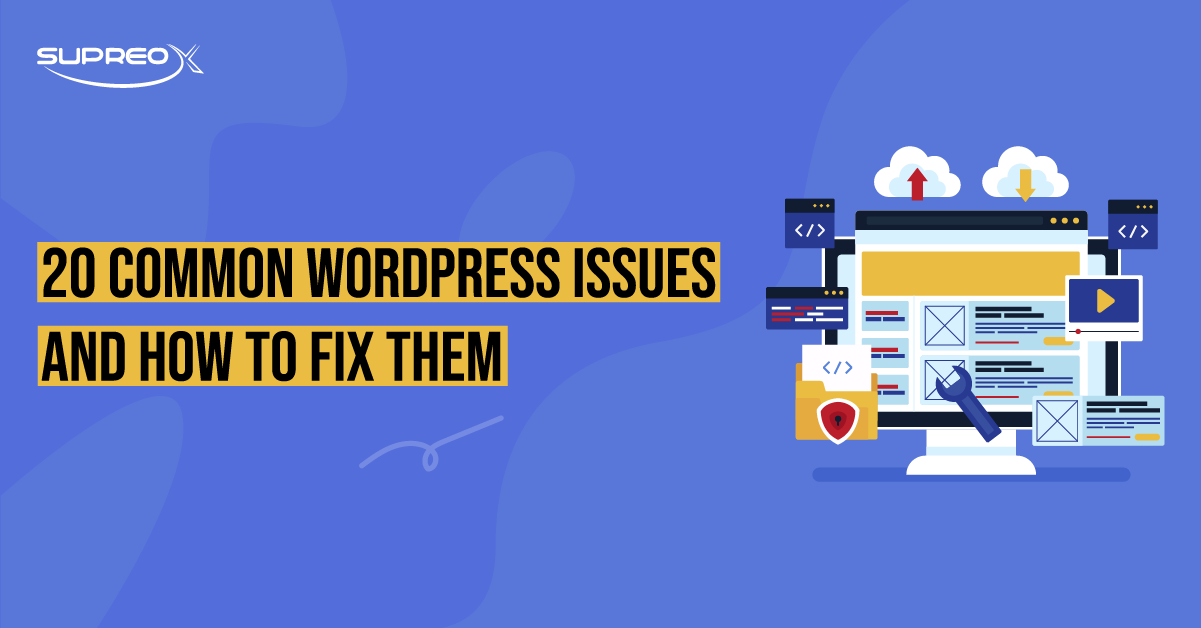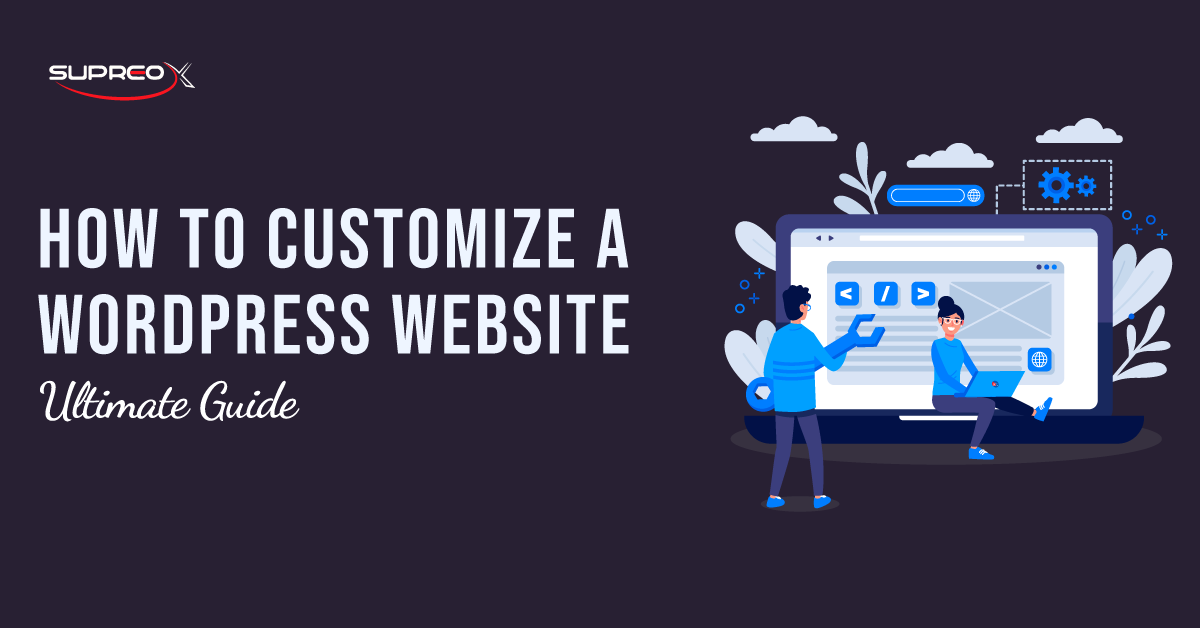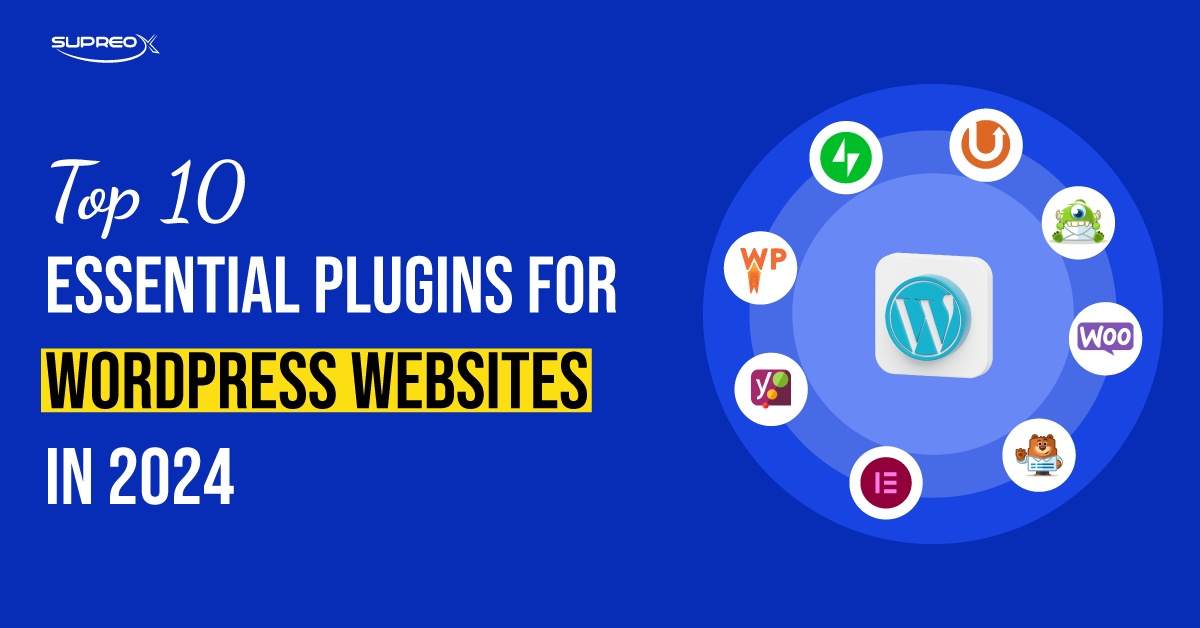WordPress has revolutionized the way we think about website development. Initially launched as a blogging platform in 2003, it has evolved into a robust content management system (CMS) that powers over 40% of all websites on the internet. Its appeal lies in its open-source nature, ease of use, and scalability, making it an ideal choice for a wide range of websites, from simple blogs to complex e-commerce platforms.
At its core, WordPress allows users to create and manage their website’s content without knowing how to code. This democratization of web development services has enabled millions to establish an online presence. The ease of use can sometimes give a misleading impression of the time investment required to build a fully functional and well-designed website.
Key Factors That Influence the Development Time
Several key factors can significantly influence the time it takes to build a WordPress website:
- Website Complexity: The most significant determinants are the scope and complexity of your site. A basic blog with a few pages will take considerably less time to set up than a detailed e-commerce site with hundreds of products.
- Content Readiness: Preparing your content in advance can speed up the process. This includes text, images, and any multimedia elements you plan to incorporate.
- Custom Design vs. Pre-made Themes: Opting for a custom design requires more time for design and development than selecting a pre-made theme.
- Functionality and Plugins: The more features and custom functionalities your site needs, the longer it will take. Each plugin or custom feature must be installed, configured, and tested.
- Revisions and Feedback: The time spent on revisions based on feedback can add to the overall timeline. Clear communication and prompt decision-making can help mitigate this.
Planning Your WordPress Website
You would probably like your WordPress site to look stunning, represent your business accurately, and attract lots of visitors who, in turn, become loyal customers. A daunting task, to say the least, but here are some practical steps to take in planning your website. Here’s how you can lay a solid foundation for your WordPress project:
- Set Clear Goals and Objectives: Understanding what you want to achieve with your website is crucial. Whether it’s to increase sales, showcase a portfolio, or share blog posts, having clear goals will guide your design and development decisions.
- Choose the Right Hosting and Domain: Your choice of hosting can impact your site’s performance and development time. Managed WordPress hosting can offer speed and security optimizations that save time in setup and maintenance. Additionally, selecting a domain name that reflects your brand is essential for your online identity.
- Plan Your Site’s Structure: Organize your site’s structure, including the number of pages, categories, and how they’ll be navigated. A well-thought-out structure helps with development and improves user experience and SEO.
The Step-by-Step Process of Building a WordPress Website
Building a WordPress website can be broken down into several key steps, each with its own set of tasks and timeframes:
Setting Up WordPress
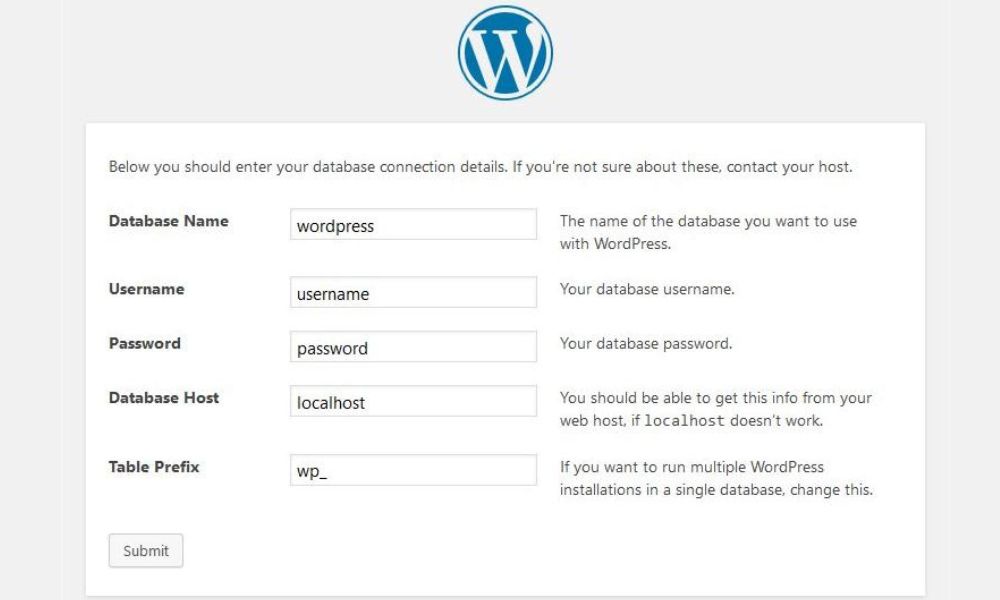
WordPress installation and basic setup are straightforward, especially with many hosts offering one-click installations. Depending on your hosting provider and any issues that arise, this step can take a few minutes to an hour.
Theme Selection and Customization
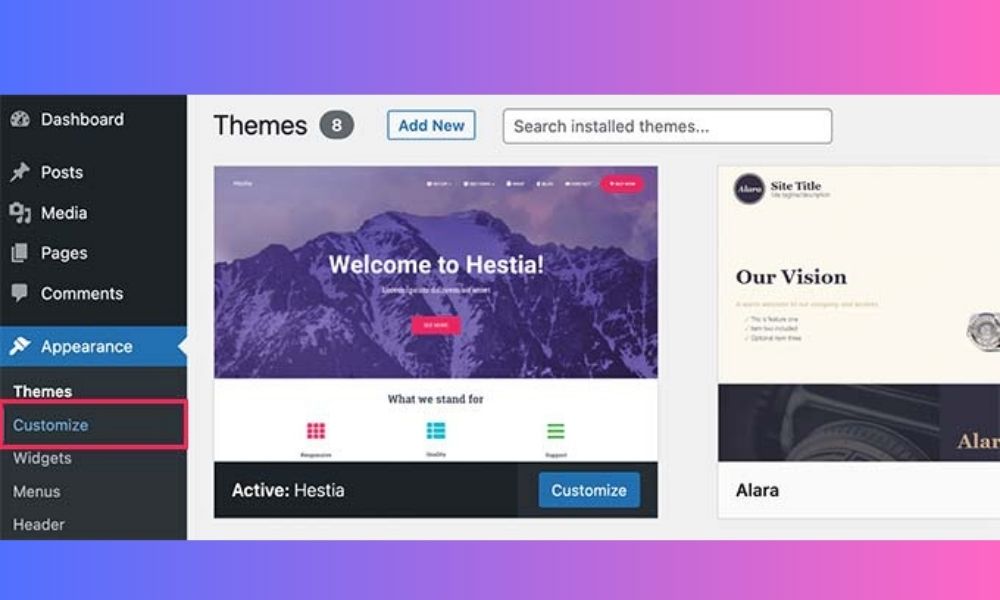
Choosing a theme is significant as it lays the groundwork for your site’s design. Pre-made themes can be installed quickly, but customization to match your branding and needs can take days to weeks. Custom theme development is even more time-intensive, often taking several weeks to months.
Plugin Installation and Configuration
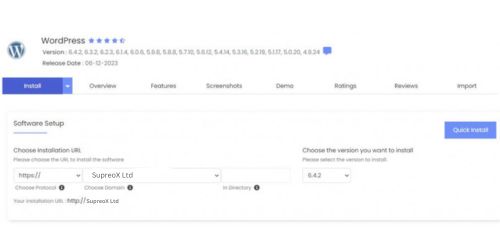
Plugins extend the functionality of your WordPress site. The time to install and configure them varies greatly depending on the complexity and number of plugins. Simple plugins may take a few minutes, while more complex setups can take several hours or days.
Adding Content to Your WordPress Site
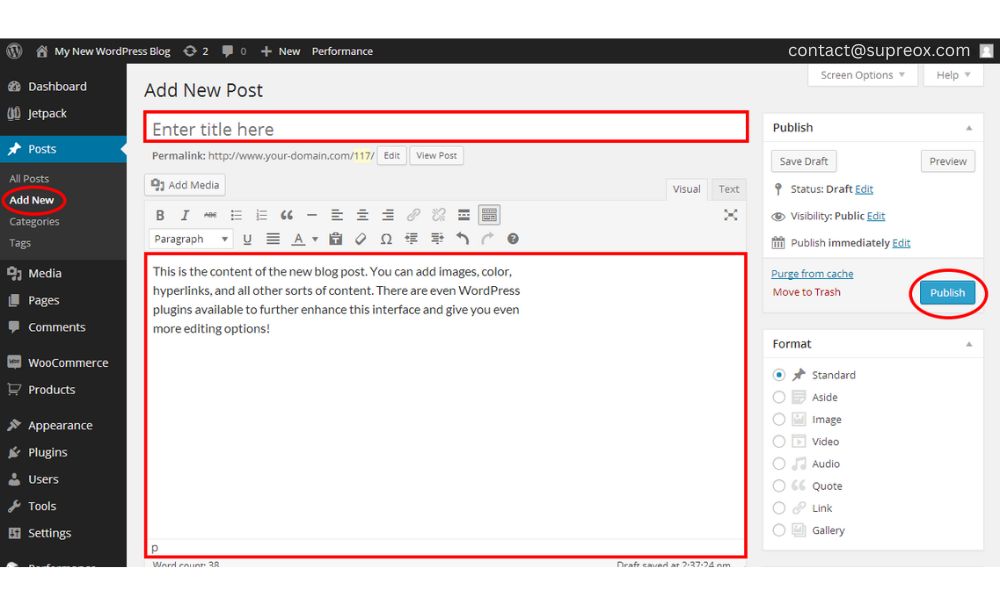
Content creation and input can be one of the most time-consuming parts of the process, especially for content-heavy sites. This includes writing text, creating or sourcing images, and adding multimedia elements. This stage can take weeks or even months, depending on the content volume.
Testing and Launch
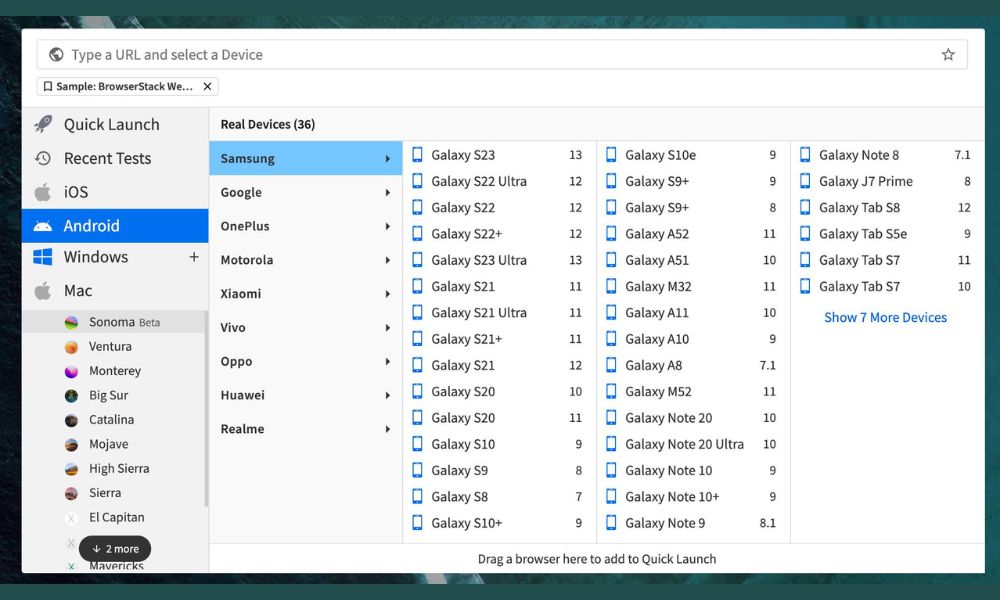
Before going live, thoroughly test your site for any issues, including broken links, compatibility issues across browsers and devices, and performance optimization. This process can take a few days to a few weeks, depending on the complexity of your site and the issues discovered.
Speeding Up Your WordPress Development Process
While building a WordPress website takes time, there are ways to streamline the process:
- Use Efficient Planning Tools: Tools like Trello or Asana can help keep your project on track.
- Choose a Flexible Theme: A highly customizable theme can reduce the need for extensive custom development.
- Limit Plugin Use: Only install necessary plugins to minimize compatibility issues and speed up your site.
- Create a Content Strategy: A clear content strategy from the start can streamline content creation and input.
Maintaining Your WordPress Website Post-Launch
After launching your WordPress website, the work isn’t over. Regular maintenance is crucial to ensure your site remains secure, fast, and relevant:
- Regular Updates: WordPress, themes, and plugins release updates that can improve functionality, security, and performance. Staying on top of these updates is essential, but it can take a few minutes to a couple of hours each month.
- Content Updates and Backups: Regularly adding fresh content keeps your site relevant and engaging. Additionally, setting up and managing backups protects your site from data loss, requiring minimal time but offering peace of mind.
- Performance Monitoring: Tools like Google Analytics and PageSpeed Insights help you monitor your site’s performance and user engagement, guiding further optimizations.
Conclusion
As SupreoX Ltd moves forward with its WordPress website project, the keys to success lie in meticulous planning, understanding the platform’s capabilities, and embracing the ongoing nature of website management. With these principles in mind, SupreoX Ltd is well-positioned to create a dynamic, effective, and enduring online presence that reflects its brand and engages its audience.
This comprehensive guide serves as a roadmap for SupreoX Ltd’s journey. By adhering to these strategies and insights, the company is equipped to tackle website development challenges and leverage the opportunities that a robust online platform can offer.

